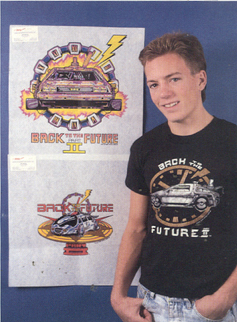CES 2012: The Future Will Be Like The Present, Only With Fewer Buttons
In the future, everything will be a computer, and those computers will have fewer buttons. That’s the takeaway from a speech by Shawn DuBravac of the Consumer Electronics Association.
As the consumer electronics industry’s focus has shifted from computers to computing functions delivered by devices such as smart TVs, manufacturers are making those products easier to use — though they’re not quite there yet, said DuBravac, chief economist and director of research for the CEA. “Anyone who’s ever tried to check their email on a 55 inch TV knows it’s a very unpleasant experience,” he said in a speech at the annual Consumer Electronics Show in Las Vegas.
About 50 percent of new TVs will be Internet-ready in 2012, up from just 12 percent two years ago. Newer devices will have more touch- and gesture-based controls, and fewer physical buttons. Technology will be invisible, and instead of turning into a high-tech lab, “the home of the future will look much like the home of the past.”
DuBravac also expects manufacturers to continue to add features that make devices such as smartphones more easily personalized and customized. He likened the current era to the early days of the auto industry, when Henry Ford famously said you could get a Model T in any color “as long as it’s black.”
Other trends on the horizon include continued growth in cloud-based devices, which let users access their information from anywhere, and a new range of health and fitness devices.
One technology not likely to take over the world in 2012: 3D TVs. While 3D isn’t going away, DuBravac suggests that it could be a while before it gains widespread acceptance. After all, he pointed out, it took nearly a decade for digital TV to reach a point where most consumers could afford them and there was enough content available to make it worthwhile to buy a digital set.
Want more consumer news? Visit our parent organization, Consumer Reports, for the latest on scams, recalls, and other consumer issues.


